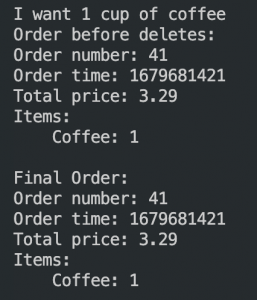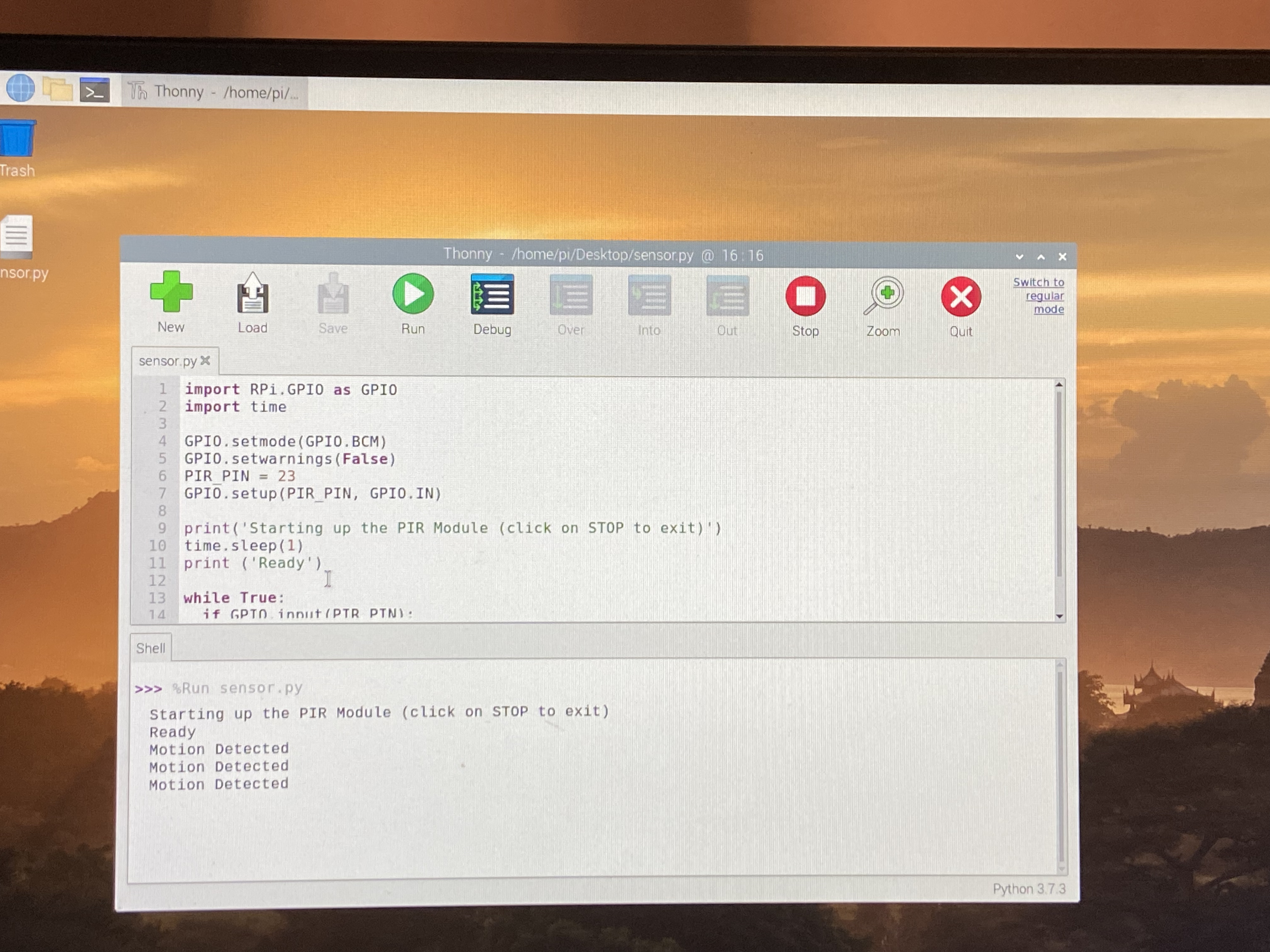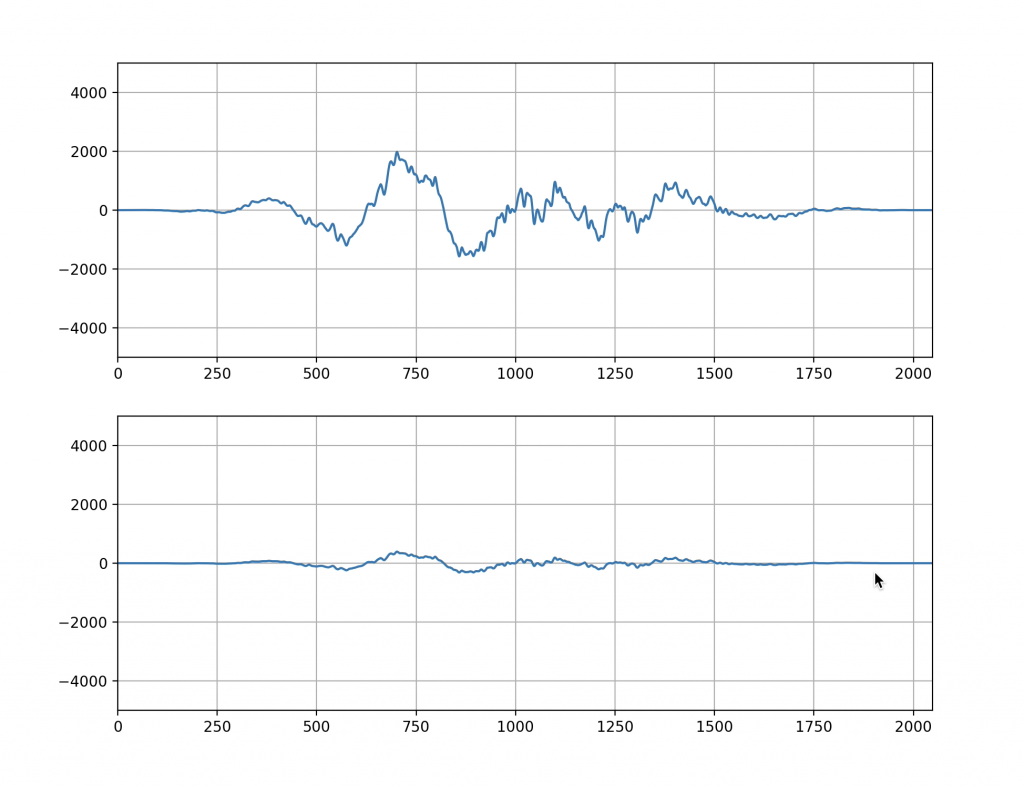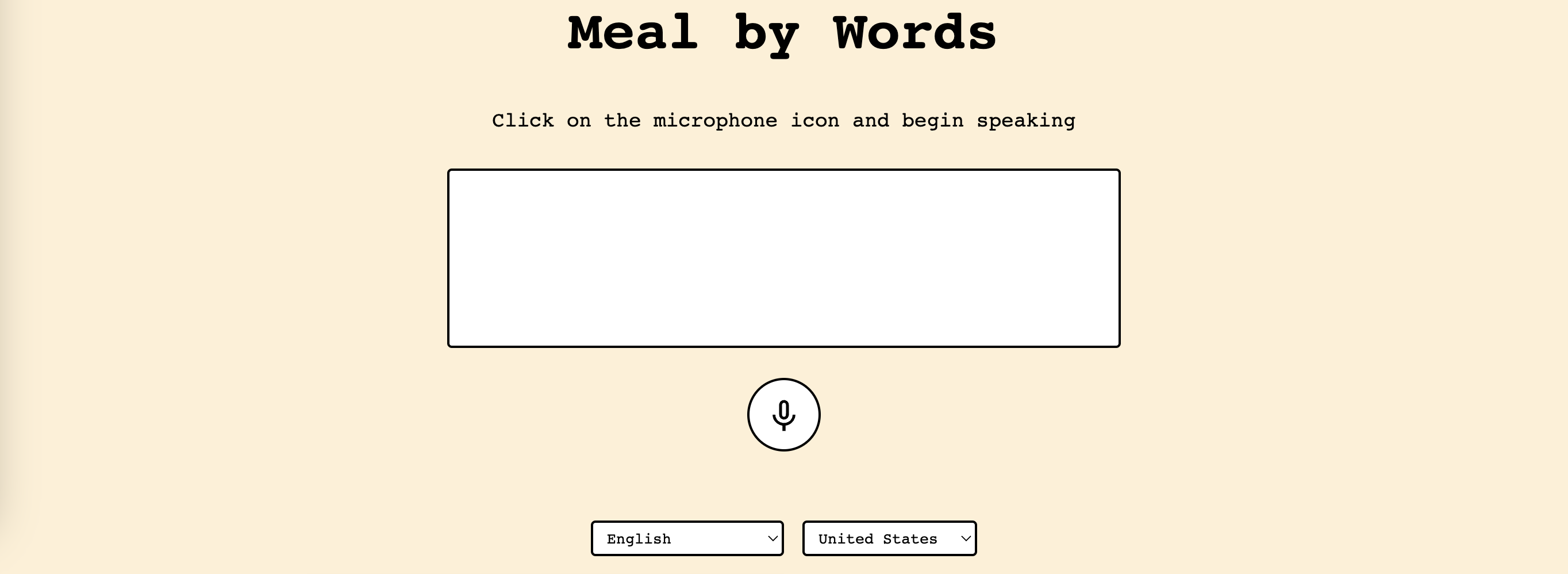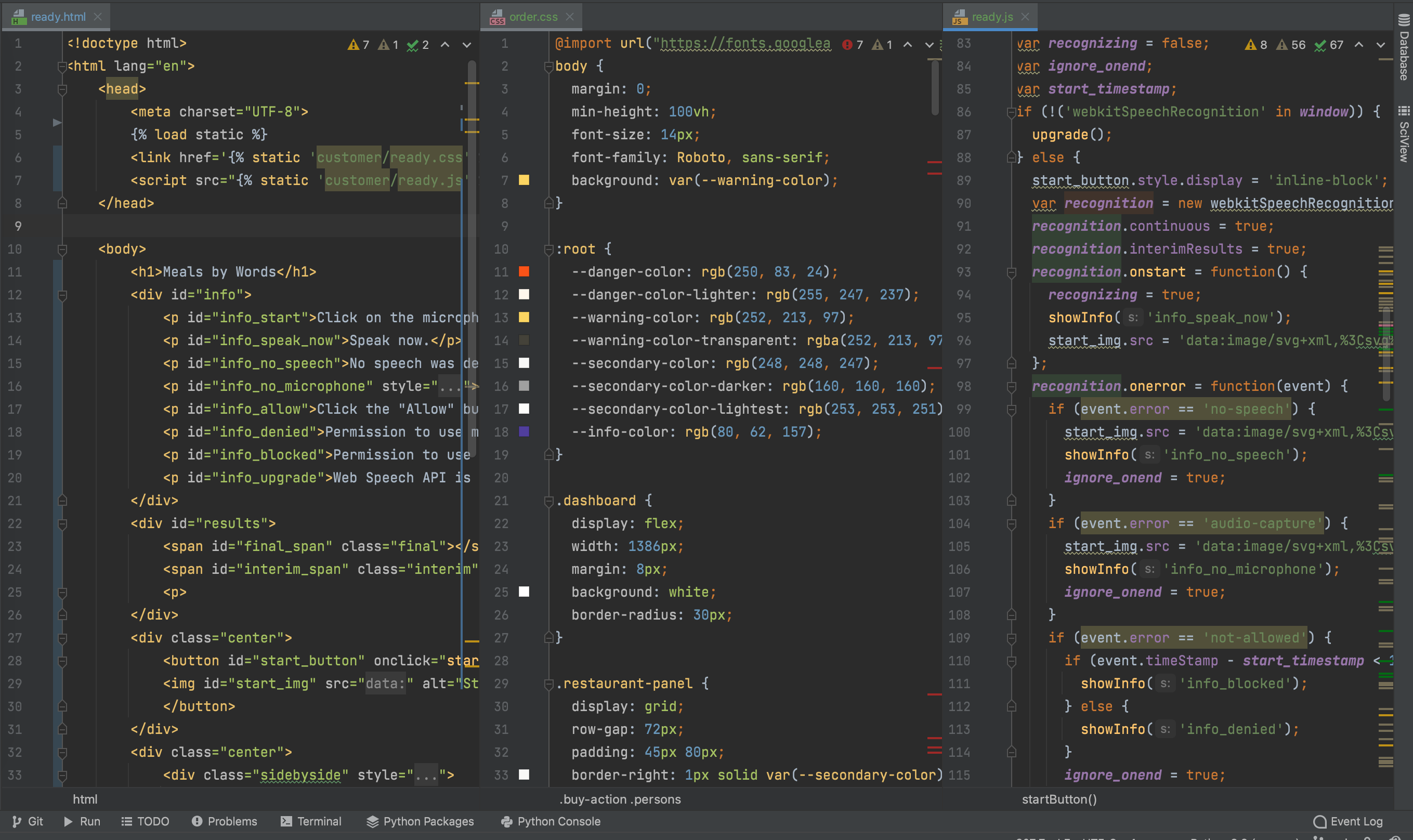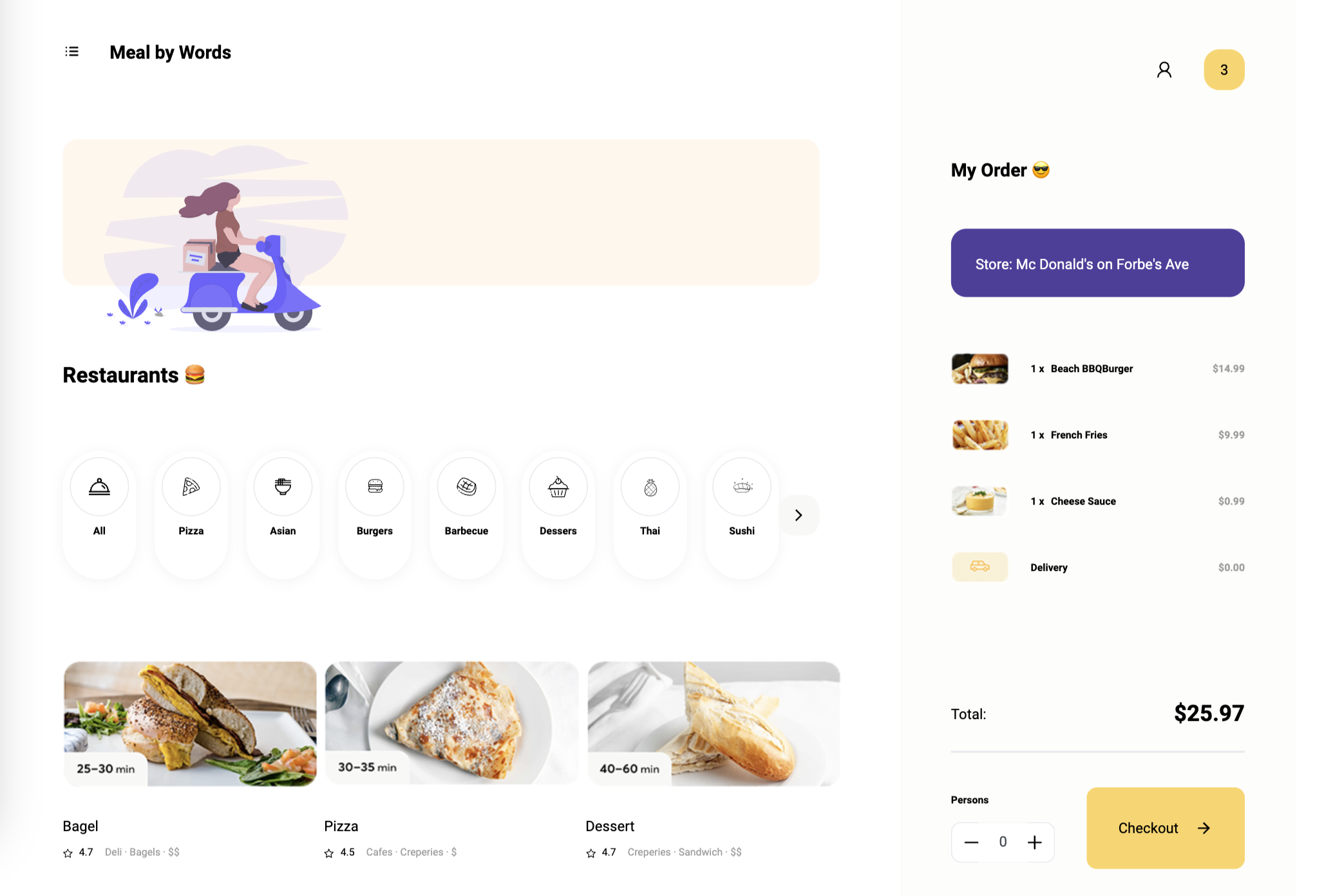Personal Accomplishments
I have changed one of our menu items “veggie burger” to “salad” then to “cheesecake” due to NLP parsing difficulties. Usually the structure of menu items as compounded words will be the one shown in the following screenshot, where the quantity modifies the anchor noun.
[INSERT IMG]
However, for “veggie burger”, spaCy recognizes it as the following structure, where the quantity is a child of the adjective “veggie”. There are possible solutions to handle the alien structure, but we have decided that it would be easier to change the menu item instead.
[INSERT IMG]
The updated item “salad” also faced the same issue. Addition of salads into the order worked perfectly, yet when we were trying to remove them, the phrase structure also becomes an outlier. Usually the quantity will directly modify the anchor noun, but here it becomes a child of the verb. To make it worse, when I tried to add a special dependency rule just for the removal of salads, I realized that no existing spaCy matcher operators can describe the relationship between the quantity and “salad” in this case. Although I expected them to be siblings according to the tree, both “$++” and “$- -” for sibling relationships fail to detect the phrase. That is when we decided to change the item again into “cheesecake”.
[INSERT IMG]
Additionally, I enabled the handling of order confirmation keywords, and debugged some edge cases that occurred during testing. An interesting edge case was that “a beautifully packaged cheeseburger” could be detected while “a beautifully package cheeseburger” (a mishearing) failed to generate an order. I solved the issue by changing some operators and tags for dependency matching.
Schedule
I am on track with our updated schedule (see in the team status report section). I pushed the design of the staff UI further back since the integration of other subsystems has not been completed yet. Noise reduction is also temporarily removed from my schedule, as the current method is already able to handle classroom-level noise. We may choose to do more with noise reduction after the interim demo.
Plans for Next Week
I will work with my teammates to complete the interim demo and debug more NLP edge cases, such as finding a way to still parse the order entry when the speech recognition system recognizes our quantity “two” as “to”. It might require adding new rules to our dependency matcher to recognize the specific sentence structures where the “to” should be changed to “two”. I will also start designing the staff UI mid-week.

